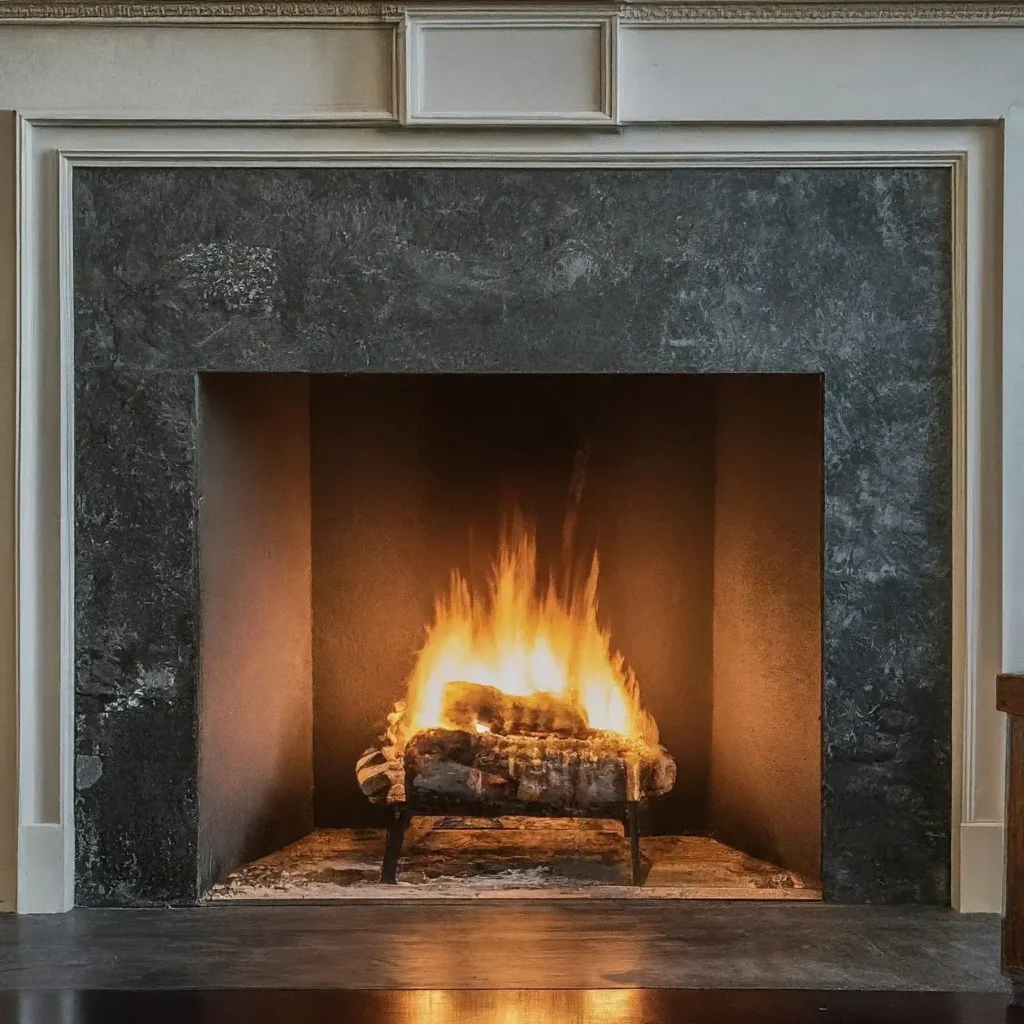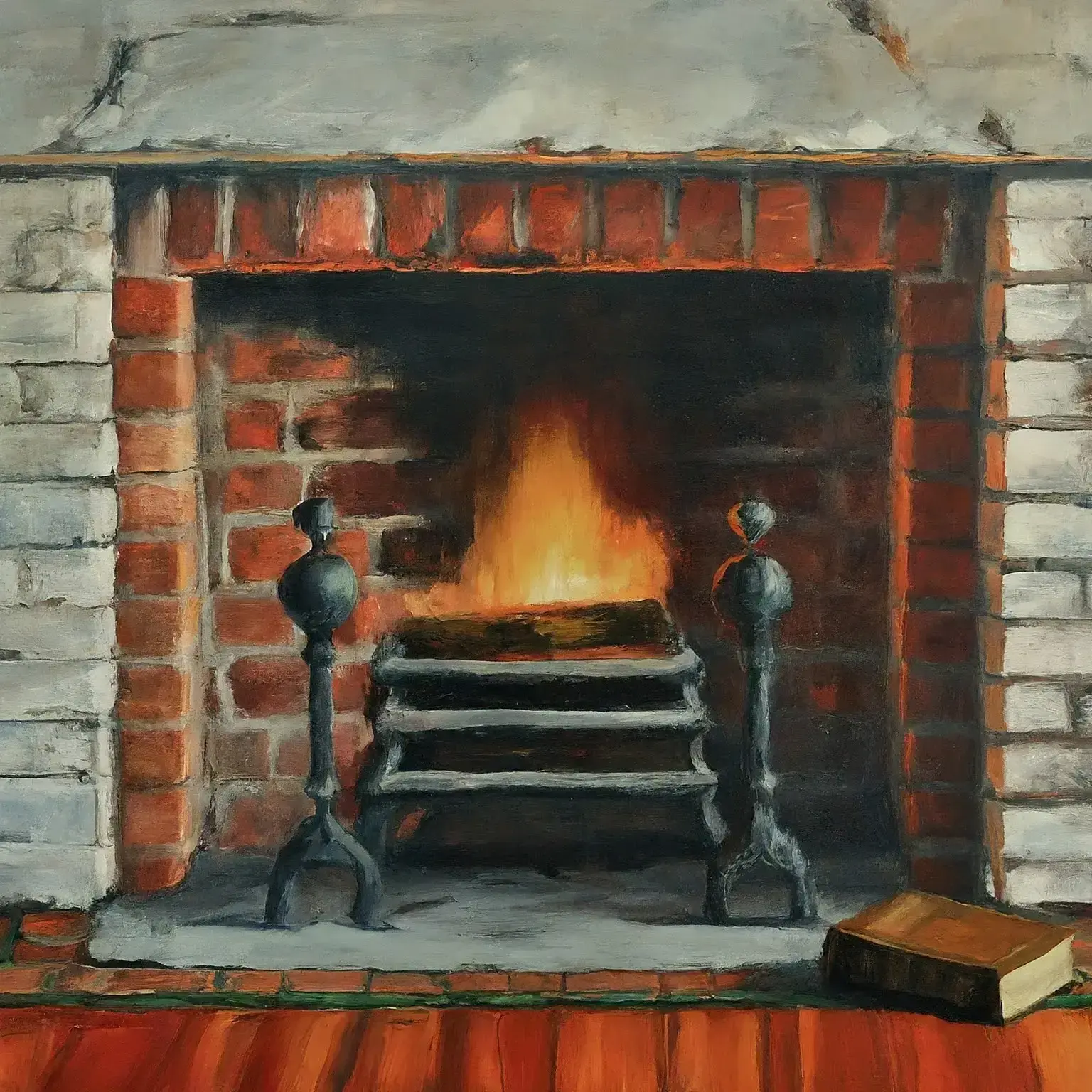Many Californians wonder about the legality of using fireplaces in the state. Although fireplaces themselves aren’t illegal, there are critical restrictions to understand. This article offers a detailed exploration of California’s fireplace regulations to clarify any uncertainties.
Are Wood-Burning Fireplaces Permissible in California?
During smoggy days or periods of heavy air pollution, California prohibits the use of fireplaces. Authorities advise residents to avoid burning wood in their fireplaces during these times.
November to the end of February to minimize fine particle emissions (PM2.5). In the South Coast Air Basin, a 24-hour ban on residential wood-burning applies, encompassing fireplaces, wood stoves, and outdoor fire pits.
The South Coast Air Quality Management District enforces this restriction and imposes penalties on violators.
Wood-burning fireplaces are subject to specific regulations in California. On days with heavy smog or high air pollution levels,
Authorities may restrict the use of wood-burning fireplaces. Residents should check before burning wood in their fireplaces from November through the end of February to minimize fine particle emissions (PM2.5).
In the South Coast Air Basin, which includes areas like Los Angeles, authorities may declare a “No-Burn” day, enforcing a 24-hour ban on residential use of wood-burning fireplaces, wood stoves, and outdoor fire pits.
The South Coast Air Quality Management District has implemented this restriction, and individuals who use wood-burning fireplaces on days with poor air quality may face penalties.
It’s important for residents to stay informed about local air quality regulations and to comply with restrictions on the use of wood-burning fireplaces to reduce air pollution and protect public health.
Does California allow gas fireplaces?
The installation of vent-free gas fireplaces is illegal throughout California due to the hazardous levels of carbon monoxide they emit.
Any gas fireplace installation within a building in California must incorporate an NFPA-approved chimney or flue of proper size and safe clearance from combustibles.
Those considering a vented fireplace in a bedroom or bathroom must follow specific guidelines.
including room volume requirements and vent opening dimensions. Additionally, vented gas fireplaces necessitate a fan to expel flue gasses and necessitate inspection by a licensed professional every two years.
Before installing a gas fireplace, it’s imperative to ensure sufficient room space, particularly as California homes often have smaller rooms compared to other regions. Compliance with California law is essential for proper gas line installation.
Are Outdoor Fireplaces Legal in California?
Outdoor fireplaces and similar gas-fueled devices are permissible in California when authorized by the Building Department and strictly intended for burning a gas flame.
Both state and local laws will determine the legality of a particular fireplace. Outdoor fireplaces using wood, gas, or propane may require permits, depending on local regulations.
Propane fireplaces generally maintain safety and compliance when observers adhere to safety measures, including ensuring proper clearance from combustibles.
Yes, California permits outdoor fireplaces, but individuals must meet specific regulations and conditions.
The Building Department grants authorization for outdoor fireplaces, fire pits, and similar devices fueled by natural gas or liquefied petroleum gas, provided they intend solely to burn a gas flame.
The department approves outdoor fireplaces, fire pits, and similar devices fueled by natural gas or liquefied petroleum gas, provided they are designed exclusively for burning a gas flame.
It’s important to note that both state and local laws determine the legality of an outdoor fireplace in California.
If you plan to install an outdoor fireplace, especially one that burns wood, gas, or propane, it may require a permit from county authorities.
This will depend on whether authorities consider the activity as open burning or not, a determination that can vary by location.
Most areas generally consider propane fireplaces legal because propane is a safe and clean fuel source. However, for safety reasons, individuals should never use outdoor fireplaces indoors, and they should avoid placing flammable items near them.
Additionally, the unit should not be located under an overhang or awning.

Regardless of the type of fireplace, California building codes stipulate that builders must construct all structures to be at least three feet away.
feet away from any combustible walls, windows, and ceilings to ensure safety.
Can You Include a Fireplace in a New Home Construction in California?
In new homes, authorities only permit gas-burning fireplaces. For existing dwellings, if the local fire department does not deem a fireplace a hazard, homeowners can keep it in place.
Gas-burning fireplaces must have direct unobstructed vents for combustion air and proper ventilation.
Yes, you can include a fireplace in new home construction in California. However, it’s important to note that in new homes, Gas-burning fireplaces are the only ones permitted.
The installation of a gas-burning fireplace must have a direct unobstructed vent for combustion air and proper ventilation to the outside of the building.
For existing dwellings, if a fireplace is not deemed a hazard by the local fire department, it may be allowed to remain in place. If you already have a fireplace in your existing dwelling,
replacing it is usually unnecessary unless it is determined to be hazardous by the local fire department. It’s advisable to consult with local authorities and adhere to all building and safety codes when incorporating a fireplace into a new home construction in California.
Conclusion
In most California jurisdictions, wood-burning fireplaces are allowable on regular days, but restrictions apply during designated no-burn periods, typically in winter. It’s crucial to adhere to EPA-certified post-combustion fireplace regulations. These measures are in place to safeguard air quality and reduce pollutants released into the atmosphere by fireplaces and wood stoves.
Understanding and adhering to these regulations ensures not only compliance with the law but also the safety and well-being of your household.


